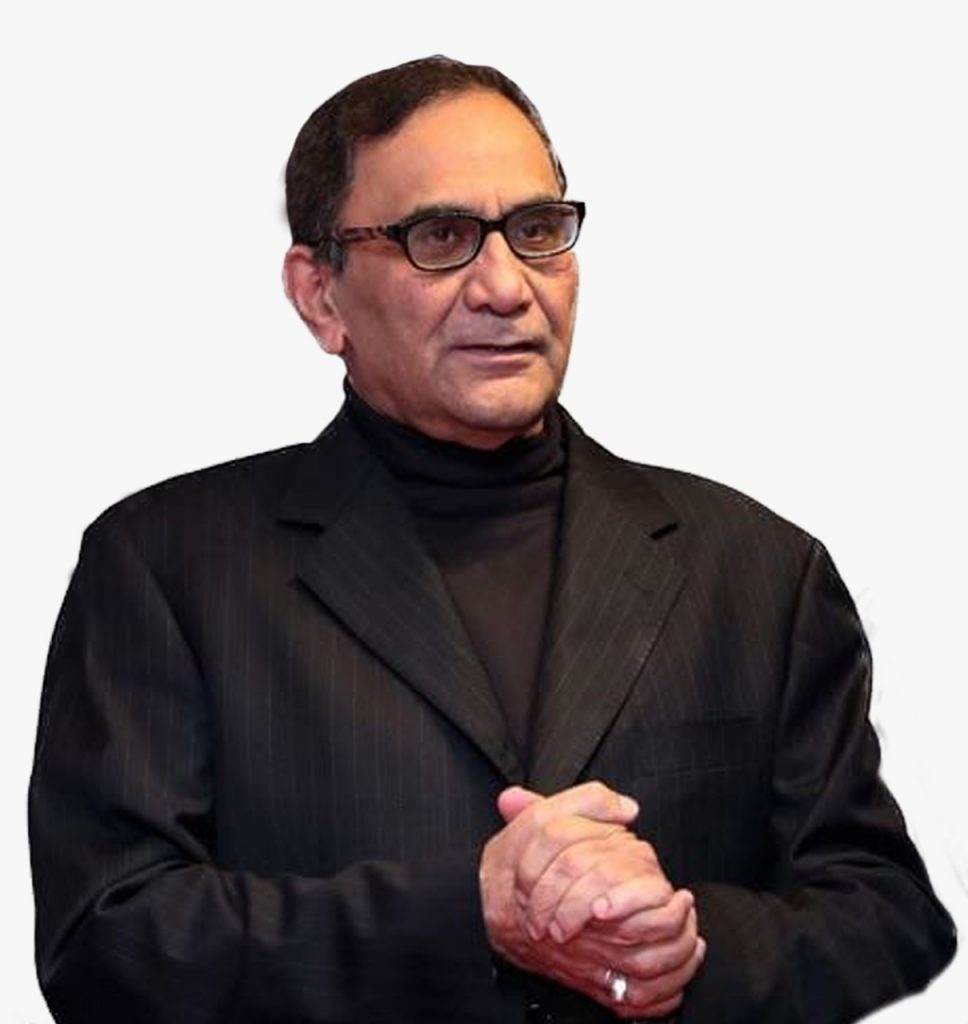By Bikram Vohra

In October 2021, after a loss-making year of $44 million, Brazilian manufacturer Embraer found a climb to power in a deal with Netjets. A 100 Phenom 300E jets would be sold to the Warren Buffet Berkshire Hathaway company for $1.2 billion, and deliveries would start in the middle of 2023. Netjets expects to deploy this fleet on the mainland and take advantage as well as influence the Covid induced robustness on the bizjet and fractional ownership market.
Adding to this happy lift is another development: the successful testing of an alternative fuel. Fuji Dream Air charter flight FDA8100 on March 16 took off from Shizuoka on a one-hour flight to Nagoya Komaki Airport. The E175 flew using Sustainable Aviation Fuel (SAF) for the first time for the airline.
This is in keeping with Embraer’s dedication to green policies and its corporate ethos that indicates people are now conscious of carbon footprints and will opt for transportation that has less harmful emissions in increasing numbers. Airlines are now increasingly looking for more modern and efficient aircraft with smaller carbon footprints to replace older, more polluting aircraft fleets.
In addition, it is this approach that is giving the EJets a shot at pole position as the world begins to look at single-aisle narrow bodies for longer distances and as the perfect choice for opening the interior while reducing the carbon footprint and making the overall cost of flight and maintenance visibly lower.
Anyone at Wings India 2022 in Hyderabad would have seen the E195-E2 in its attractive black and gold livery catching the eye. The 142-seater in a two-by-two configuration would be the ideal partner for India’s current priority under its UDAN project to open up the interior and create a network of regional connectivity. Therefore, it was no coincidence that Embraer was present at the show and is raring to position itself as a significant contender for the Indian market.
It is dubbed the profit hunter because of its high performance and low fuel burn. According to the Brazilian aircraft maker, it delivers the lowest operating costs and highest yields for airlines, more comfort for passengers and space for their bags, smaller noise footprint and less impact on the environment. It is powered by PW1900G GTF engines.
“The E195-E2 offers a low cost per seat, making it very competitive with large narrow-body aircraft prevalent in India. It is the perfect aircraft for airlines to tap for the next frontier of growth – connectivity to Tier-II and Tier-III cities,” Raul Villaron, Asia Pacific Vice-President for Embraer Commercial Aviation, was quoted as saying, on this occasion.
According to a report in Simple Flying, the Brazilian aircraft manufacturer is predicting commercial jet deliveries of 60-70 aircraft and executive jet deliveries of 100-110 aircraft for a total of 160-180 deliveries and expected revenues of between US$4.5-5 billion in this year.
That itself is a very sound reason for India to get into line. As things are currently, both Airbus and Boeing will be hard-placed to deliver according to demand and are already facing supply chain lag. All this helps Embraer show its best profile.
The Fitch Report endorses its potential. Embraer’s strong market position for commercial jets with fewer than 150 seats and within the global executive jets are key factors supporting the expected recovery in the company’s backlog in the medium term. Midsize commercial jets producers are expected to have opportunities with mainline or low-cost carriers looking to right-size their fleet to adjust capacity. The weaker financial or business position of a few competitors, or in some cases a change in strategy, allow Embraer growth opportunities that could help the company see deliveries rebound in 2022/2023.
Embraer’s high exposure to the U.S. regional/domestic market, which is recovering faster than in some markets, is also a key rating consideration.
Customers like India still respond in Pavlovian fashion to Boeing and Airbus products. There is this latent concern that any other manufacturer would not have the global infrastructure to service the planes, offer instant spare parts access or send in replacements, especially power plants or position repair equipment at major airports.
One of the reasons that this reluctance still exists is that the A220 is a more attractive proposition with a longer range and more capacity. To that extent, many customers feel the wait is worth it. Embraer has found it uphill to sell the E190 and E195 combination, and so far, only about 200 odd planes have found buyers in the global market.
While Airbus has a distinct edge over the EJet fleet when it comes to distance and even capacity, with the A220-300 almost in the 737 categories, the Brazilian fleet offers one edge: the absence of a middle seat or what is known as the ‘scuseme’seat. The two-by-two seating makes it very attractive on the shorter regional routes even though the seats are smaller than the Airbus offers.
Embraer, with its short landing and take-off needs and the sharp angle for a touchdown, makes it a very a strong contender for the quantum leap India is making towards building what could be called a spoke and mini-hub network to hike up its passenger lift by over 300 million newbies thereby calling for over 2000 aircraft in the next two decades.




